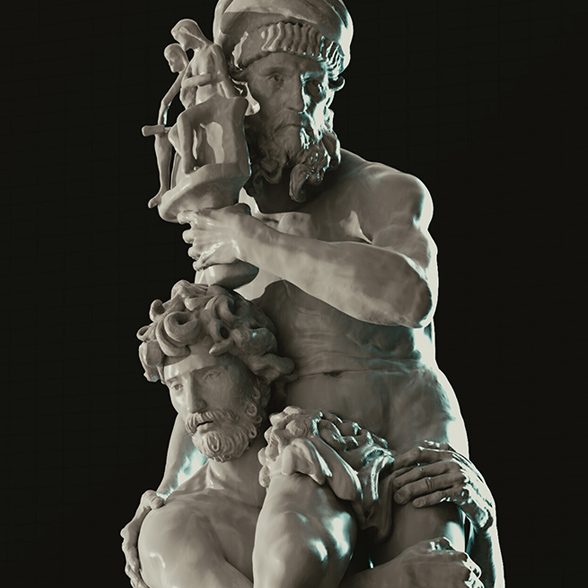Researches, related to the discovery of the location of the Antique City of Antandros, started in 1842 by Keipert, continued on by such Archeologists as, Schliemann in 1881, eight years after Keipert by Judeich, Leaf in 1911, and by Cook in1959 and 1968.

In 2000 surface study and work started once again, this time, by Prof. Dr. Gurcan Polat, an academician in Ege University, Classic Archeology department, and his team. during surface research and the scientific excavations that started in 2001 a residential area surrounded by walls at Kaletasi Summit discoveries of such things as: A villa(YamacEv) from late Roman period and a small, but very attractive house, areas starting in 8th Century B.C. and areas that shows various residential levels, Necropolis, City Walls.
After these early researches there were no work done at this location for a while. When the shoreline location where Antandross is located went through zone change in 1989; and was open for public construction which involved excavations and diggings for the site-building, some burial sites were discovered; and as a result of this, in 1991 Museum Recovery Excavations were started.As a result of these studies, it was realized that this area was used as Necropolis between 7th and 2nd Centuries.B.C. Museum Recovery Excavations continued periodically until 1995; and after that, excavation works stopped again.


